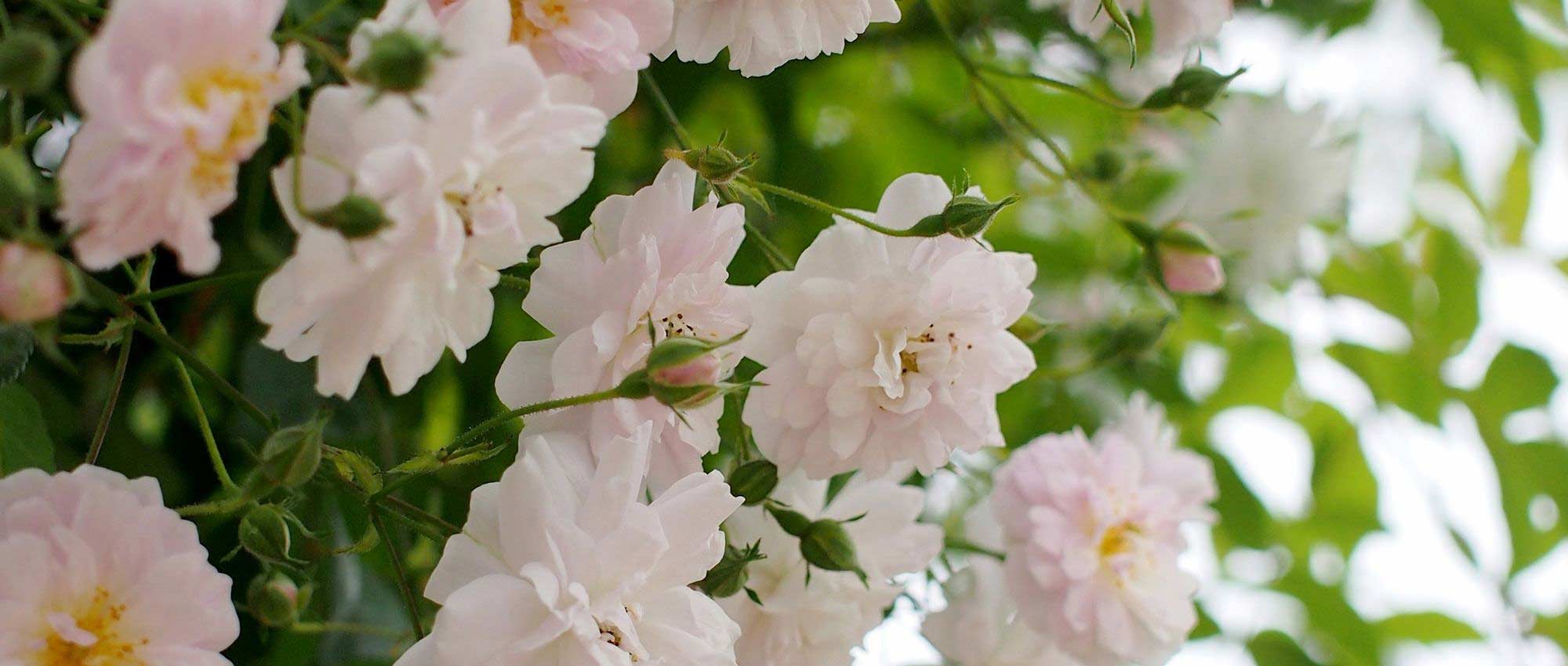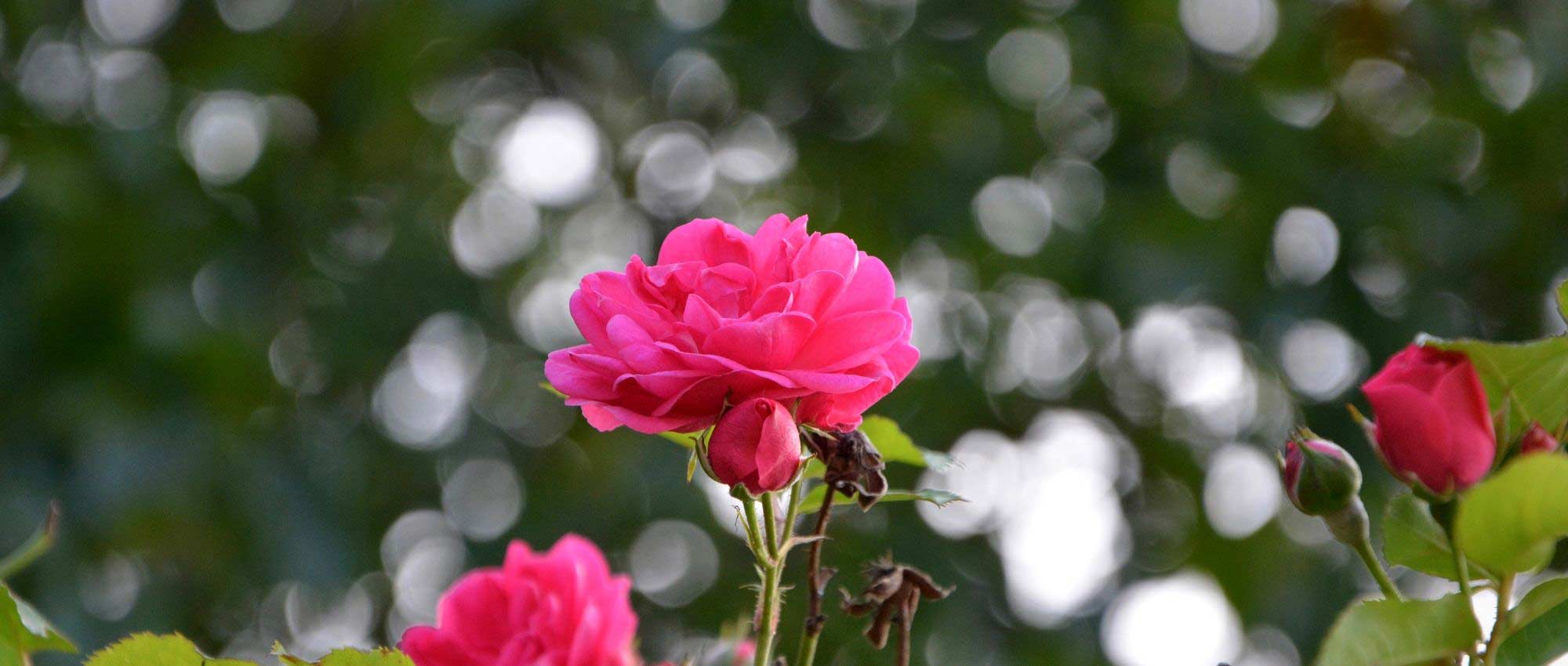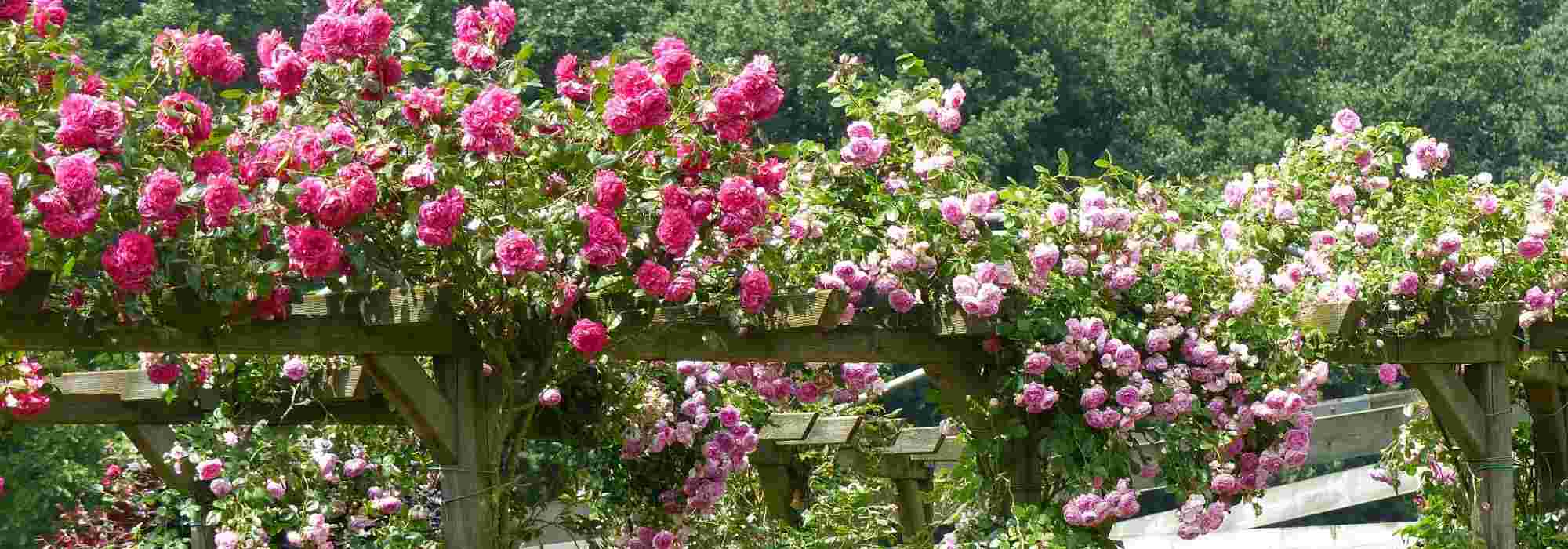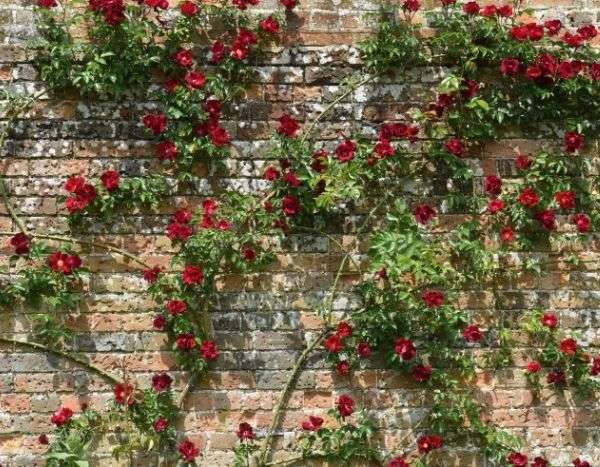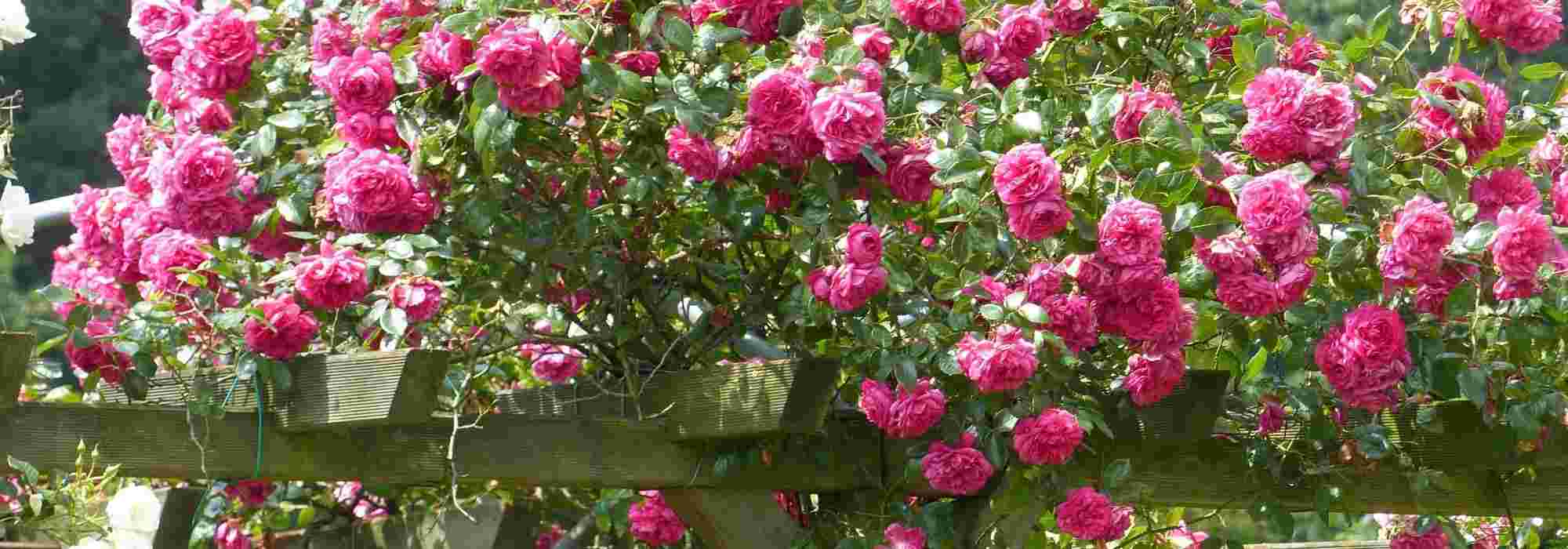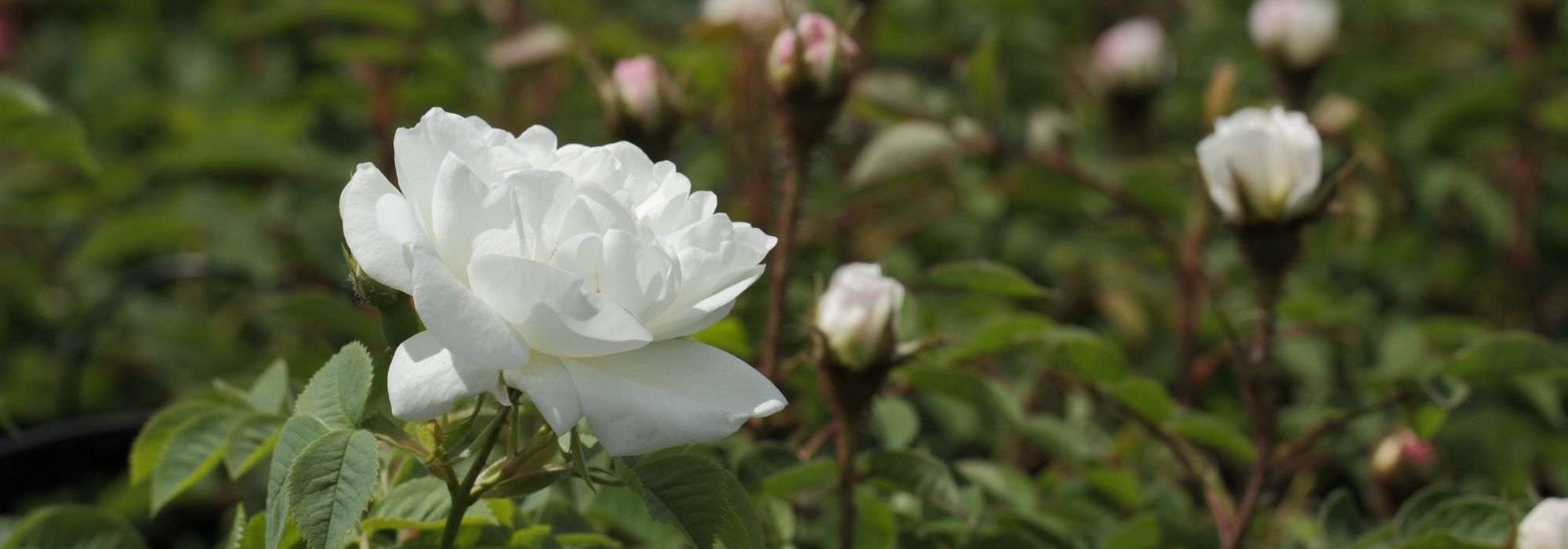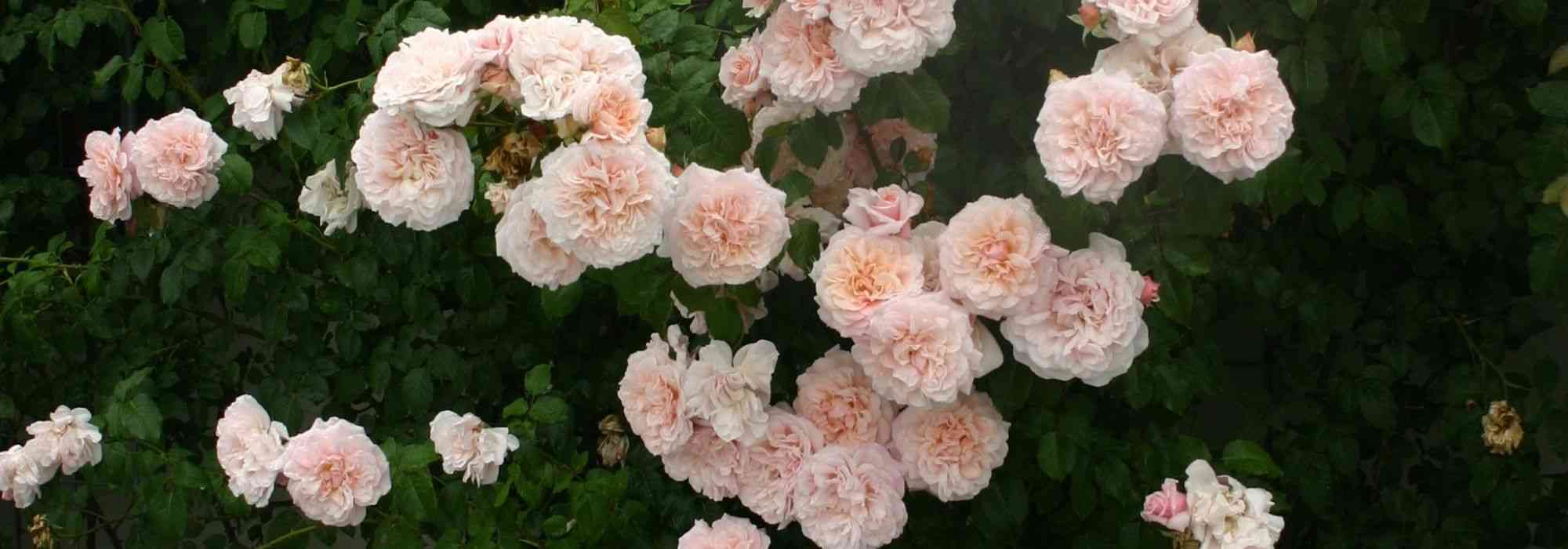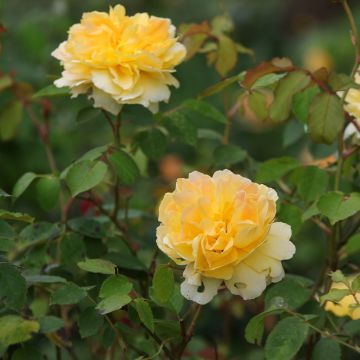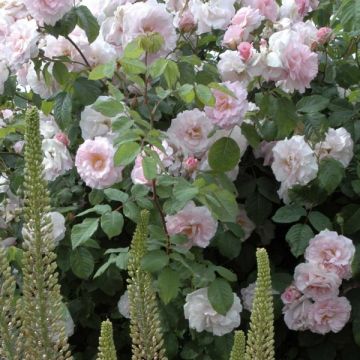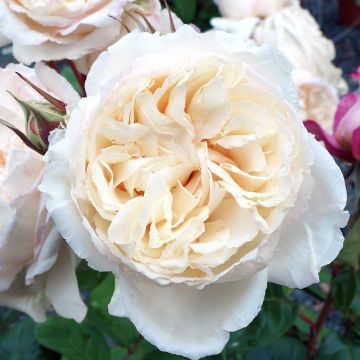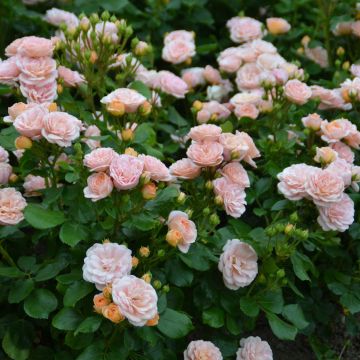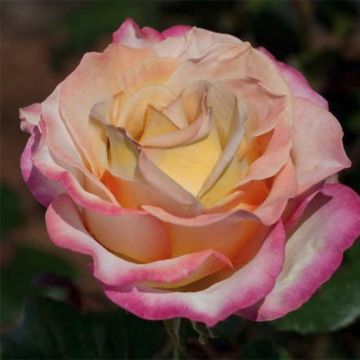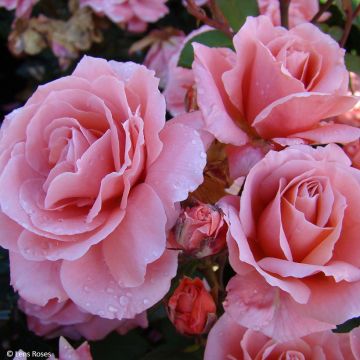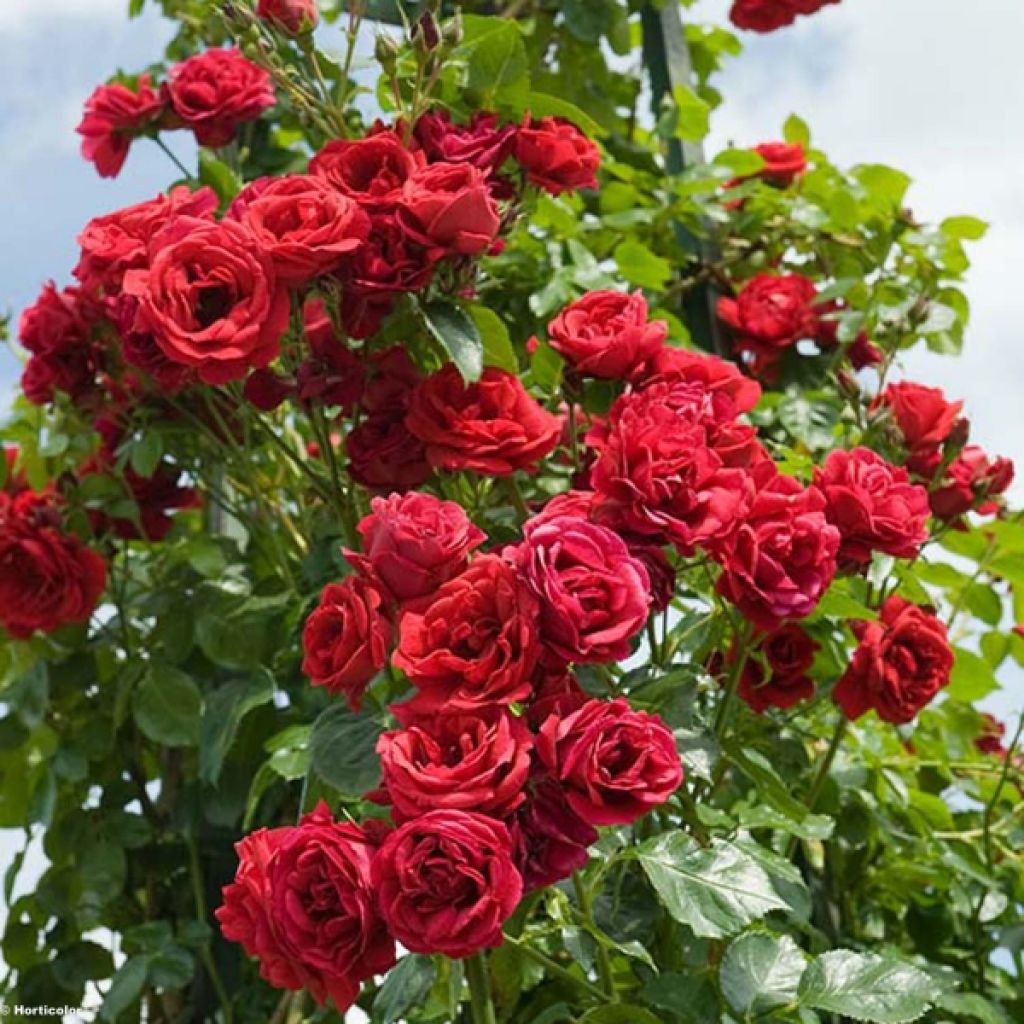

Rosa 'Sympathie' - Climbing Rose
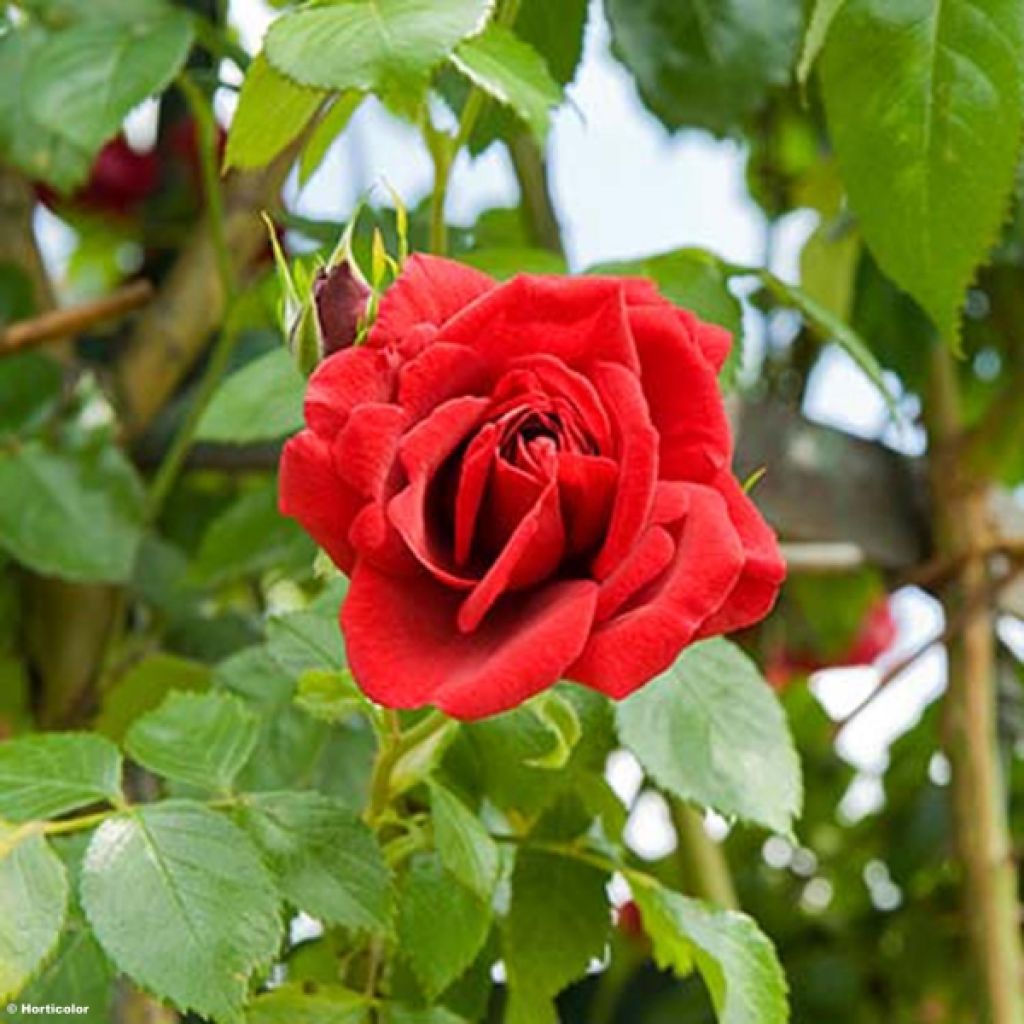

Rosa 'Sympathie' - Climbing Rose
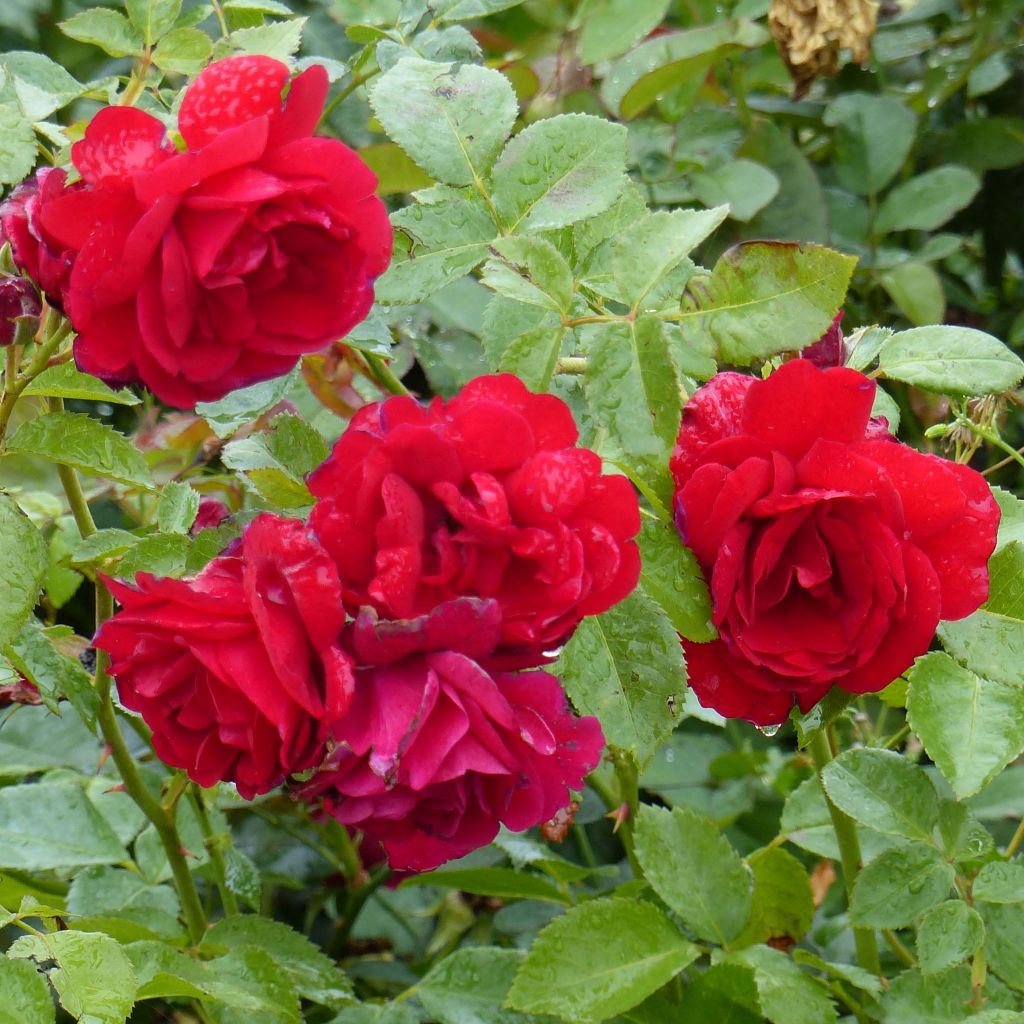

Rosa 'Sympathie' - Climbing Rose
Rosa 'Sympathie' - Climbing Rose
Rosa Sympathie ®
Very beautiful young plant, thank you for the preparation.
Nath44, 23/07/2025
Special offer!
Receive a €20 voucher for any order over €90 (excluding delivery costs, credit notes, and plastic-free options)!
1- Add your favorite plants to your cart.
2- Once you have reached €90, confirm your order (you can even choose the delivery date!).
3- As soon as your order is shipped, you will receive an email containing your voucher code, valid for 3 months (90 days).
Your voucher is unique and can only be used once, for any order with a minimum value of €20, excluding delivery costs.
Can be combined with other current offers, non-divisible and non-refundable.
Home or relay delivery (depending on size and destination)
Schedule delivery date,
and select date in basket
We guarantee the quality of our plants for a full growing cycle, and will replace at our expense any plant that fails to recover under normal climatic and planting conditions.
Description
The 'Sympathie' rose, a superb German creation from 1964, remains one of the best climbing roses with red flowers. Its semi-double roses stand out for their intense red and velvety colour and their powerful scent of wild rose, whose pleasant fragrance can be perceived from afar and often wafts through the neighbouring gardens. This rose is highly recurrent, with its flowering period extending from June to September, with sometimes a small break in August. With its rapid and vigorous growth, the plant also bears beautiful dark green and shiny foliage that perfectly enhances the bouquets of red flowers.
This modern climbing rose is perfectly hardy and vigorous. Reaching a height of 3m (10ft) at maturity with a 1m (3ft) spread, it develops quickly and blooms abundantly throughout the summer. It's dense and prickly woody climbing stems bear generous bouquets of semi-double flowers, 9cm (4in) wide, in a bright, deep, and velvety red colour that remains stable under intense sunlight. These flowers also withstand rain very well. The deciduous foliage, composed of large dark green leaflets, is sometimes subject to minor attacks from black spot or powdery mildew without affecting the health of this very floriferous rose.
The 'Sympathie' Rose is perfect for training on a pergola, wall, and column... Consider mixing your climbing roses with clematis, as their flowering period is slightly longer and pairs beautifully with roses. To accompany the red flowers of 'Sympathie', pair it with the Prince Charles clematis or The President with blue flowers. Pairing it with the Miss Bateman clematis, white in colour, reveals a perfect elegance.
'Sympathie' is a creation from the German house Kordes. Since 1887, their slogan "the most beautiful roses in the world" displays their ambitions, and the roses they create live up to their claims. It is worth noting that Kordes has abandoned the use of any plant protection product since 1990!
Kordes creation 1964.
Rosa 'Sympathie' - Climbing Rose in pictures


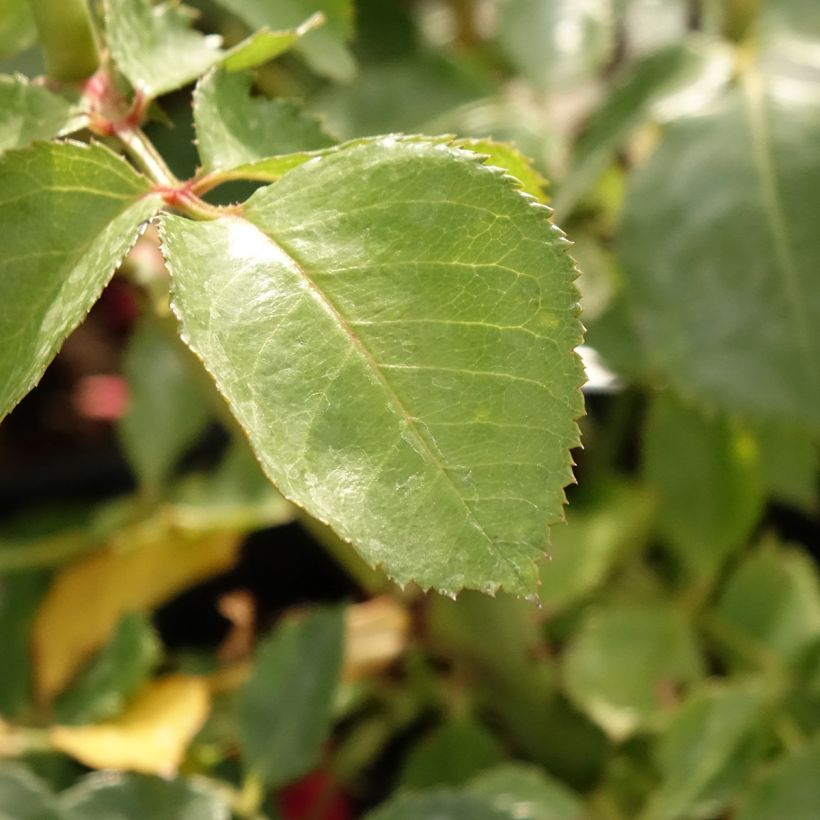

Plant habit
Flowering
Foliage
Botanical data
Rosa
Sympathie ®
Rosaceae
Cultivar or hybrid
Rosa canina Laxa (Wrapped bare root, 4L/5L pot)
Planting and care
The climbing rose 'Sympathie' prefers sunny locations while being fairly tolerant of partial shade. To plant your rose, prepare your soil by crumbling it well and adding an amendment, such as blood, fish and bone, to the bottom of the planting hole. Water thoroughly after planting to remove any air pockets. Water regularly for a few weeks to facilitate root establishment. Spring pruning involves removing a portion of the old branches at the base each year, thus maintaining a framework while rejuvenating your rose. Prune the branches of the year to 3 or 4 buds. Regularly remove faded flowers during the summer to stimulate the development of younger buds. Training a few main branches horizontally during pruning allows for a more abundant flowering. In spring, you can mound soil around the base of the branches to protect the graft point from sun and wind damage.
Roses often have natural stains and blemishes at the end of summer, which don't affect their development.
Planting period
Intended location
Care
Planting & care advice
-
, onOrder confirmed
Reply from on Promesse de fleurs
Similar products
Haven't found what you were looking for?
Hardiness is the lowest winter temperature a plant can endure without suffering serious damage or even dying. However, hardiness is affected by location (a sheltered area, such as a patio), protection (winter cover) and soil type (hardiness is improved by well-drained soil).

Photo Sharing Terms & Conditions
In order to encourage gardeners to interact and share their experiences, Promesse de fleurs offers various media enabling content to be uploaded onto its Site - in particular via the ‘Photo sharing’ module.
The User agrees to refrain from:
- Posting any content that is illegal, prejudicial, insulting, racist, inciteful to hatred, revisionist, contrary to public decency, that infringes on privacy or on the privacy rights of third parties, in particular the publicity rights of persons and goods, intellectual property rights, or the right to privacy.
- Submitting content on behalf of a third party;
- Impersonate the identity of a third party and/or publish any personal information about a third party;
In general, the User undertakes to refrain from any unethical behaviour.
All Content (in particular text, comments, files, images, photos, videos, creative works, etc.), which may be subject to property or intellectual property rights, image or other private rights, shall remain the property of the User, subject to the limited rights granted by the terms of the licence granted by Promesse de fleurs as stated below. Users are at liberty to publish or not to publish such Content on the Site, notably via the ‘Photo Sharing’ facility, and accept that this Content shall be made public and freely accessible, notably on the Internet.
Users further acknowledge, undertake to have ,and guarantee that they hold all necessary rights and permissions to publish such material on the Site, in particular with regard to the legislation in force pertaining to any privacy, property, intellectual property, image, or contractual rights, or rights of any other nature. By publishing such Content on the Site, Users acknowledge accepting full liability as publishers of the Content within the meaning of the law, and grant Promesse de fleurs, free of charge, an inclusive, worldwide licence for the said Content for the entire duration of its publication, including all reproduction, representation, up/downloading, displaying, performing, transmission, and storage rights.
Users also grant permission for their name to be linked to the Content and accept that this link may not always be made available.
By engaging in posting material, Users consent to their Content becoming automatically accessible on the Internet, in particular on other sites and/or blogs and/or web pages of the Promesse de fleurs site, including in particular social pages and the Promesse de fleurs catalogue.
Users may secure the removal of entrusted content free of charge by issuing a simple request via our contact form.
The flowering period indicated on our website applies to countries and regions located in USDA zone 8 (France, the United Kingdom, Ireland, the Netherlands, etc.)
It will vary according to where you live:
- In zones 9 to 10 (Italy, Spain, Greece, etc.), flowering will occur about 2 to 4 weeks earlier.
- In zones 6 to 7 (Germany, Poland, Slovenia, and lower mountainous regions), flowering will be delayed by 2 to 3 weeks.
- In zone 5 (Central Europe, Scandinavia), blooming will be delayed by 3 to 5 weeks.
In temperate climates, pruning of spring-flowering shrubs (forsythia, spireas, etc.) should be done just after flowering.
Pruning of summer-flowering shrubs (Indian Lilac, Perovskia, etc.) can be done in winter or spring.
In cold regions as well as with frost-sensitive plants, avoid pruning too early when severe frosts may still occur.
The planting period indicated on our website applies to countries and regions located in USDA zone 8 (France, United Kingdom, Ireland, Netherlands).
It will vary according to where you live:
- In Mediterranean zones (Marseille, Madrid, Milan, etc.), autumn and winter are the best planting periods.
- In continental zones (Strasbourg, Munich, Vienna, etc.), delay planting by 2 to 3 weeks in spring and bring it forward by 2 to 4 weeks in autumn.
- In mountainous regions (the Alps, Pyrenees, Carpathians, etc.), it is best to plant in late spring (May-June) or late summer (August-September).
The harvesting period indicated on our website applies to countries and regions in USDA zone 8 (France, England, Ireland, the Netherlands).
In colder areas (Scandinavia, Poland, Austria...) fruit and vegetable harvests are likely to be delayed by 3-4 weeks.
In warmer areas (Italy, Spain, Greece, etc.), harvesting will probably take place earlier, depending on weather conditions.
The sowing periods indicated on our website apply to countries and regions within USDA Zone 8 (France, UK, Ireland, Netherlands).
In colder areas (Scandinavia, Poland, Austria...), delay any outdoor sowing by 3-4 weeks, or sow under glass.
In warmer climes (Italy, Spain, Greece, etc.), bring outdoor sowing forward by a few weeks.


































